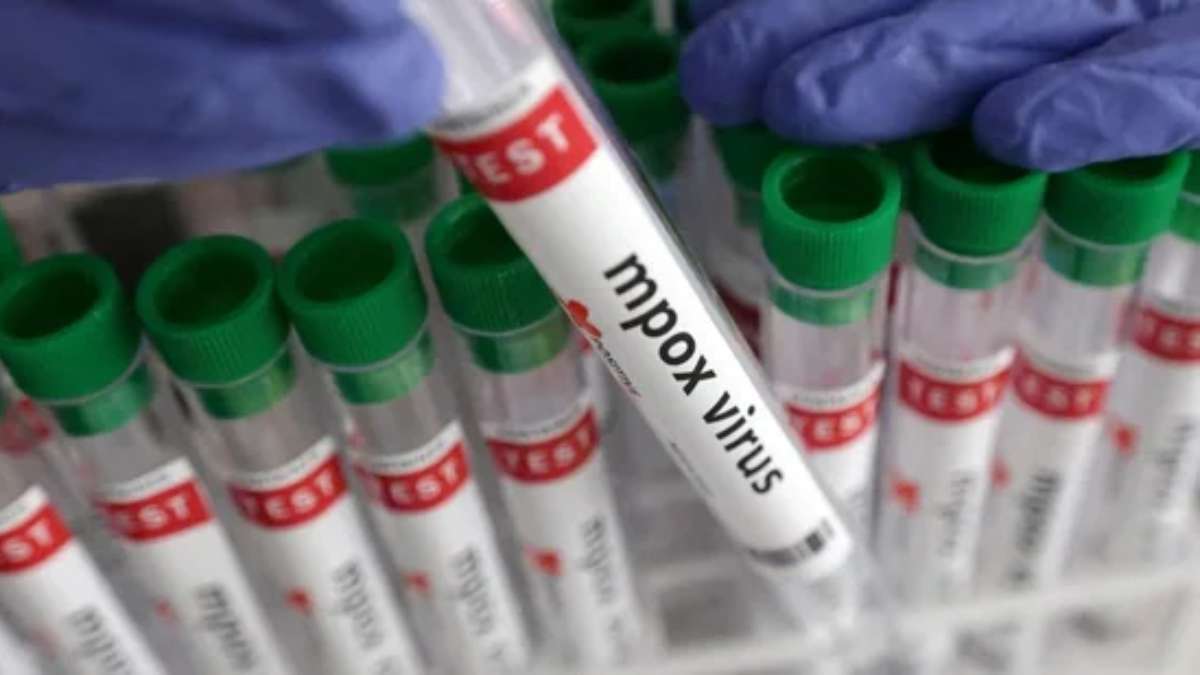It was suspected that there was a case of Mpox infection in a young man who had returned from a country currently experiencing an outbreak; he was immediately placed in isolation in one of the designated hospitals. He is symptomatic but in stable condition, with samples taken for confirmation.
The health authorities have also launched contact tracing and are investigating all possible sources of infection to establish the impact within the country. The officials also said they were doing everything as per procedure and that there was nothing to be worried about. The NCDC had already factored in such risks, and measures for keeping such eventualities under control were at hand.
What is Mpox, and how is it transmitted?
Typically, mpox virus spreads among people from sick animals and through close contact from an infected person with another. These include signs such as fever, muscle ache, or large lesions on the skin. The virus sometimes may cause death.
The WHO pronounced the outbreak an international emergency on August 14 as cases of the new strain, Clade 1b started to increase in the DRC and spread into neighbors. A vaccination campaign in the DRC is due to start on Oct. 2.
Also Read: Tamil Actor Vijay Eyes 2026 Elections As His Party TVK Receives EC Recognition
Clade 2 caused the 2022 Mpox outbreak and continues to circulate in many countries, including Western nations. But the current outbreak in the DRC involves Clade 1, and that outbreak is becoming increasingly complicated by a new version of the virus known as Clade 1b.
The WHO has, however, pointed out that there is a rapid rise in cases of Clade 1b but added that it has recorded relatively few deaths. While the virus was first detected in monkeys used for research in 1958 in Denmark, human cases were first detected in 1970 in the Democratic Republic of Congo, then known as Zaire.
Also Read: Amid Vinesh Phogat’s Congress Move, Brij Bhushan Singh Compares Hooda Family To Pandavas













